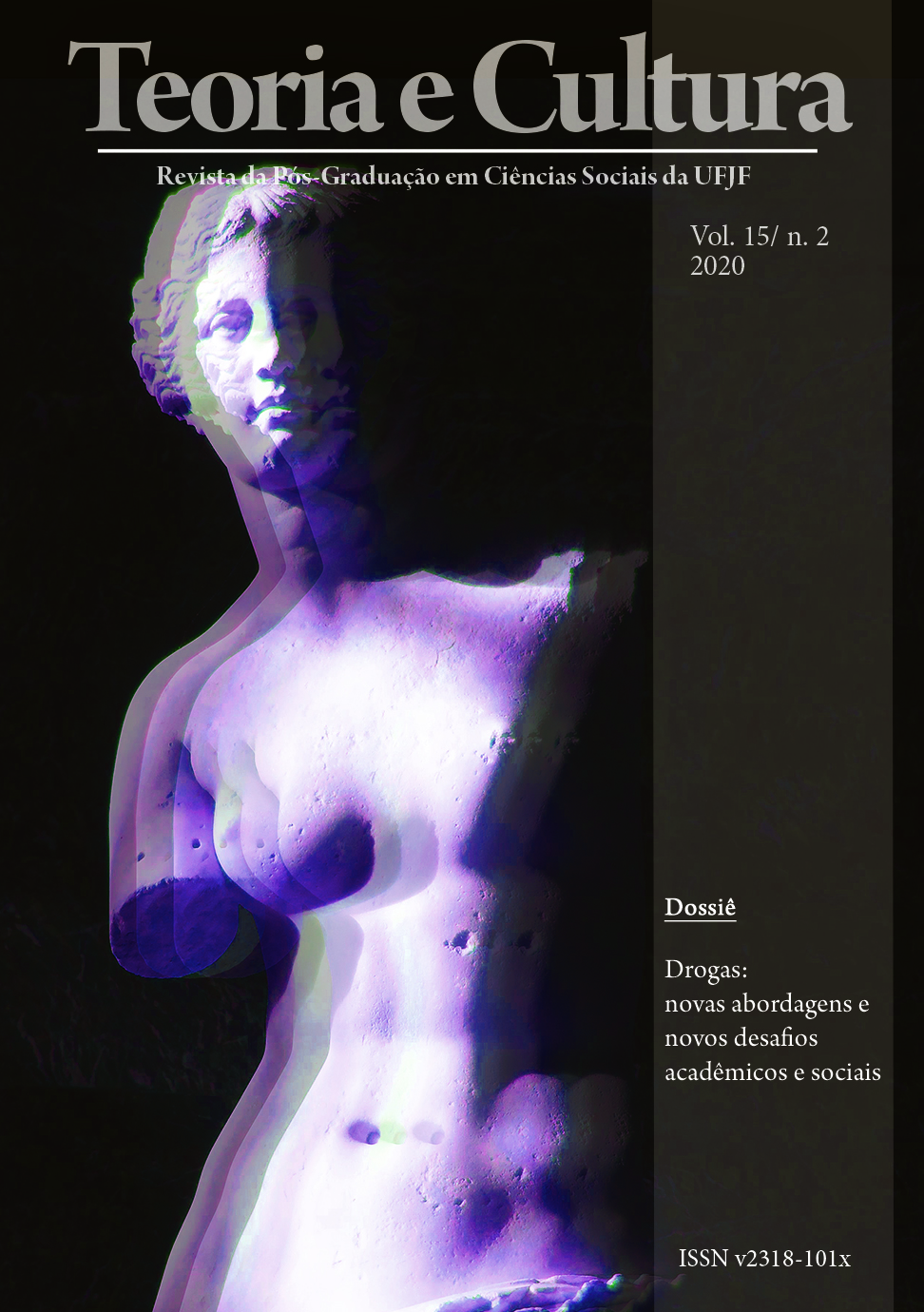Trajectories of an addiction: ethnography of heroin use in Tangier (Morocco)
DOI:
https://doi.org/10.34019/2318-101X.2020.v15.30465Abstract
Since the 1980s, the landscape of illegal drug use has changed in Morocco. This has come about through the introduction of new drugs and new modes of consumption. Morocco's geographical position has actively contributed to facilitating the transit of cocaine from the Sahel; heroin arriving through the two enclaves of Sebta and Melilla; and psychotropic drugs from Europe or those transiting through Algeria. The 2000s were marked by the "democratization" of certain drugs with the massive arrival in Morocco of cocaine and heroin, which had until then been reserved for a wealthy clientele. Thus "kahla/heroin", introduced in the north at a price of around 20 dirhams (2 Euros) per gram, generated a considerable number of injecting drug users, with all the attendant public health problems (HIV). Using the city of Tangier as a working space, this article attempts to understand the process of heroin addiction, and tries to answer the following questions: how do people become junkies? How it feels to break the social link ?How do they experience the user-sick position?








